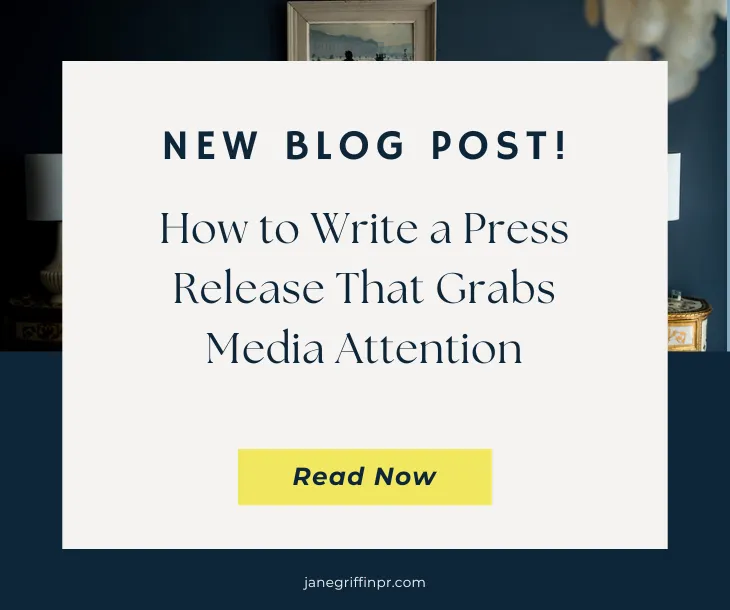
How to Write a Press Release That Grabs Media Attention
Getting the media to notice your business can feel like trying to stand out in a crowded room, especially if you’re a startup or small business. One of the most effective tools you can use to cut through the noise is a well-crafted press release. But how do you make sure yours isn’t just another email left unopened?
Here’s a step-by-step guide to help you write a press release that will grab journalists' attention and get your business the media coverage it deserves! 👊
1. Start with a Strong Headline
Your headline is your first impression—make it count! Journalists are bombarded with pitches, so your headline needs to be clear, concise, and intriguing. Aim for around 8-12 words that summarise the story and highlight why it’s newsworthy.
Example: “Local Tech Startup Raises £500K to Launch Groundbreaking AI Platform”
2. Nail the Opening Paragraph
Your first paragraph should answer the classic questions: who, what, when, where, and why. This is where you hook the reader by giving them the core of the story. Remember, journalists often skim—if they don’t get the key information right away, they’ll move on.
Example: ABC Tech, a Birmingham-based startup, has raised £500,000 in seed funding to develop an AI-driven platform that aims to revolutionise customer service in the mining industry.
3. Focus on the Newsworthiness
Ask yourself: Why does this matter? What makes your announcement newsworthy? Whether it’s a funding milestone, a product launch, or an award, make sure your release emphasises what sets your story apart from others.
For small businesses, tying your news into a larger trend or local angle can help. For example, a new product might address a growing market need or align with a hot topic in your industry.
4. Use a Quote to Add Value
Including a quote from your CEO or a key stakeholder adds a personal touch and gives the journalist something they can easily incorporate into their story. Make sure the quote adds new insight or perspective—not just repeating facts already mentioned.
Example: “We’re thrilled to secure this funding, which will allow us to further develop our platform and help retailers offer more personalised customer experiences,” said John Smith, Founder and CEO of ABC Tech.
Step 5: Include Supporting Details
Follow up your main announcement with any additional information that supports the story—this could be background on your company, details about the market you’re addressing, or context about the problem your product solves.
Don’t overwhelm the reader with too much jargon. Stick to clear, straightforward language.
Step 6: Wrap Up with Contact Information
At the end of your press release, include your contact details so journalists know who to reach out to for more information. Make it easy for them by providing direct phone numbers and email addresses.
Example:
For press enquiries, contact:
Jane Griffin
Email: [email protected]
Phone: +44 1234 567 890
Bonus Tip: Keep It to One Page
Press releases should be concise. Ideally, you want to keep it under 400 words. If your story needs more context, consider including a link to a media kit or a dedicated page on your website where journalists can find additional information.
Final Thoughts
Writing a press release that gets noticed is more about telling a great story than promoting your product. Focus on what makes your announcement relevant, timely, and interesting to your target audience, and you’ll be more likely to land that valuable media coverage.
If you need help fine-tuning your press releases or want to learn more about crafting PR strategies for your business, check out my upcoming press release writing workshops!
